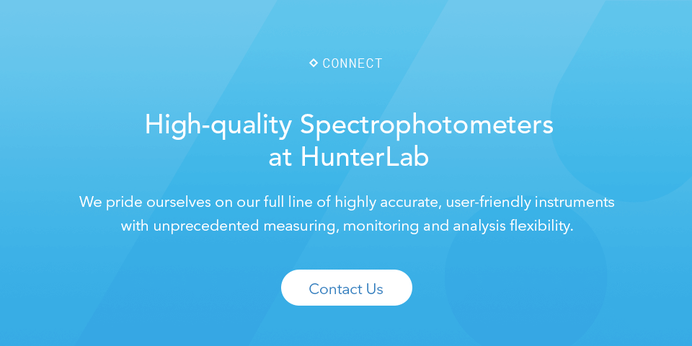Controlling Costs for the Company and the Consumer
Essential oils are highly concentrated plant extracts, so only a tiny amount is needed in order to achieve a particular therapeutic purpose. Nevertheless, because of the complexities of the process of distilling these products, even a small quantity bears a high cost. For manufacturers, this means that each color measurement during the essential oil preparation process represents a considerable investment in terms of both financial expenditure and material resource loss. This can make it tempting for some companies to forego color measurement altogether.
At the same time, when considering the issue of consumer preference, it has never been more important for essential oil companies to guarantee color consistency. Consumers have become increasingly aware of the potential safety hazards of using essential oils, knowing that they offer significant opportunities to enhance health and wellness, but that these compounds’ high potential for toxicity can lead to major problems if things go wrong.2 However, since most users aren’t experts, they have little choice but to opt for the simplest evaluation method: visual inspection. A customer may become concerned if they notice inconsistencies in essential oil color. Therefore, adherence to consistent color can help essential oil companies maintain trust with their customer base.
In order to balance the cost of measuring the color of expensive essential oils with the need to maintain a consistent color, today’s manufacturers can take advantage of instruments that measure small volumes. Due to advances in spectrophotometric technology, a number of modern spectrophotometers are now compatible with sample holders that hold smaller amounts of a product than could be analyzed by traditional spectrophotometers. As such, it becomes financially feasible for essential oil manufacturers to take the necessary measurements, both during and after the manufacturing process. Put simply, the ability to get an accurate color measurement for a tiny amount of an essential oil can completely upend the traditional cost-benefit analysis when it comes to making spectrophotometric measurements for these products.
HunterLab offers a number of instruments that are ideal for measuring the color of essential oils, including the Vista, a revolutionary new transmission color spectrophotometer. Because it is possible to fit the Vista with small sample holders capable of measuring as little as 0.6 mL of material, it can be used by essential oil manufacturers who need to conserve material in order to avoid extravagant expenses. An additional feature of HunterLab’s Vista that makes it particularly well-suited to the measurement of small quantities of essential oils is the fact that the instrument can simultaneously measure color and haze. That way, if a company needs to measure both parameters, it is only necessary to invest in a single sample.





